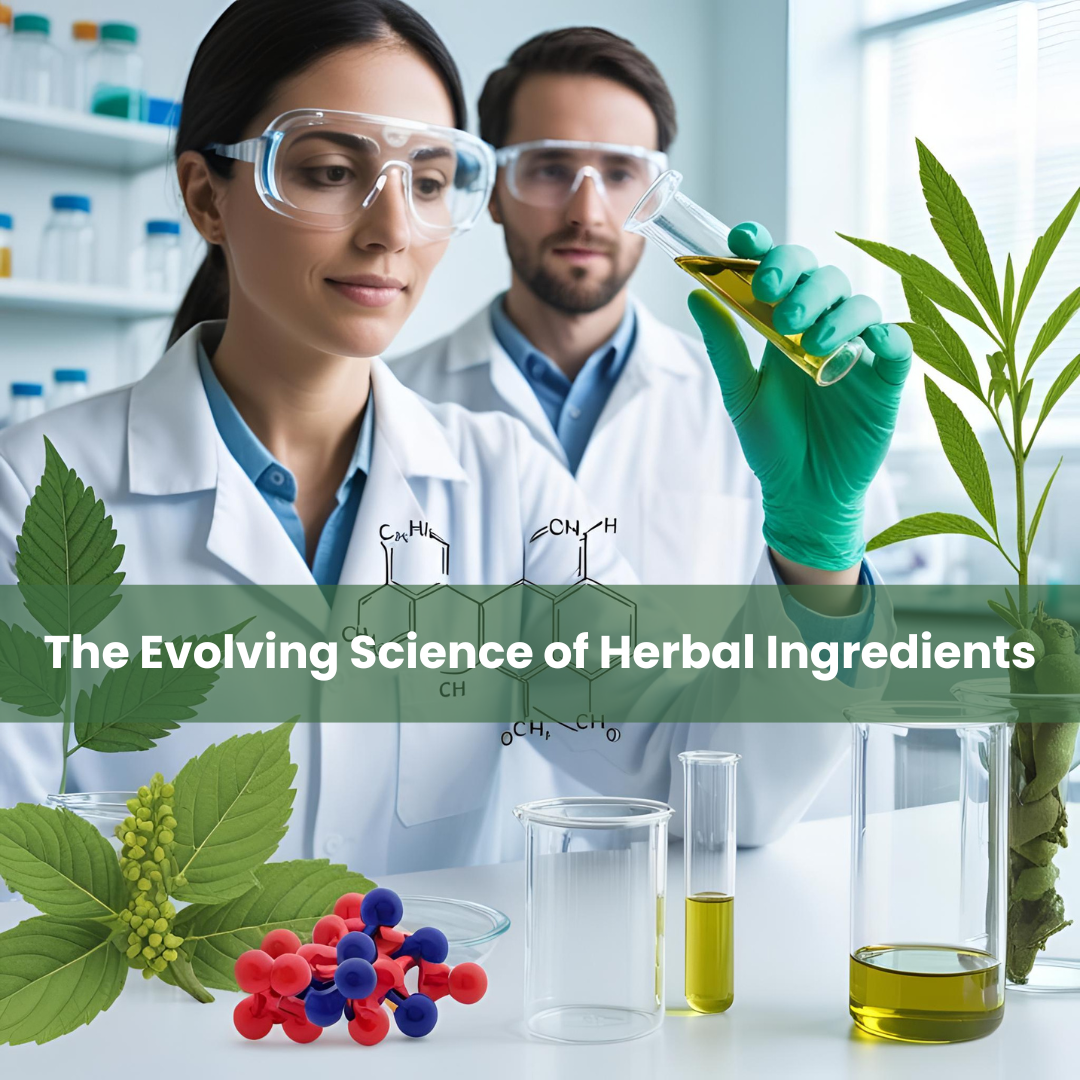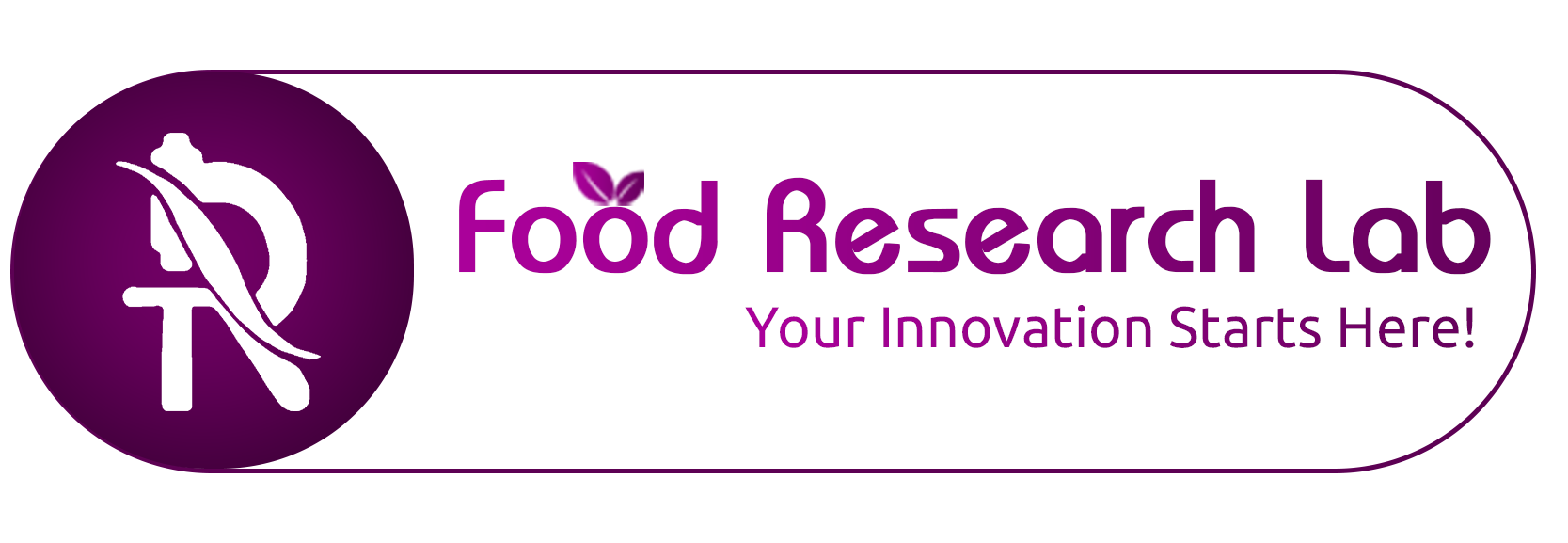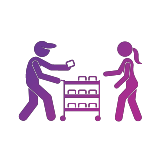Transitioning from Tradition to Evidence
Herbal medicine, as it is popularly called, herbalism and phytotherapy have plant-based substances to be used for therapeutic purposes. The practice finds its requirement in ancient civilizations where plants were always cultured for their curative power.
Ayurveda, Traditional Chinese Medicine (TCM), and Unani have components of thousands of herbal remedies documented according to empirical use. Yet, modern science requires reproducibility, standardization, and clinically validated outcomes. Researchers now assess these time-honoured formulations by performing controlled trials, pharmacokinetic profiling, and making molecular techniques like HPLC and NMR spectroscopy.






